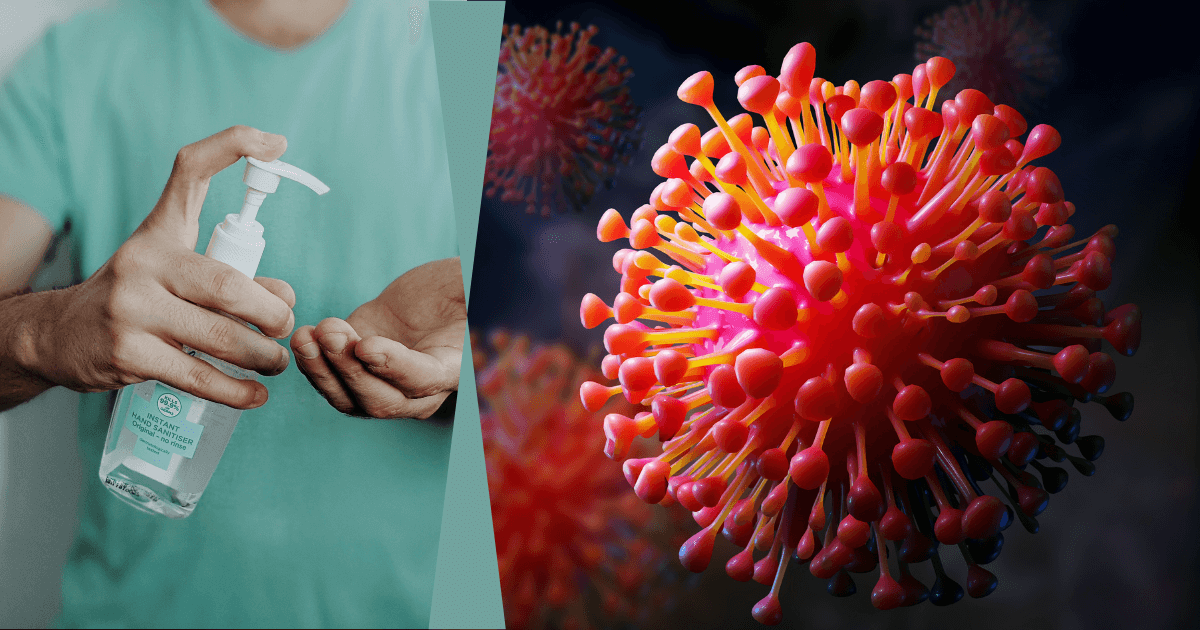The human body skin or other body cavities can provide a wide entry platform for disease-causing germs like bacteria, fungi, viruses and many more which further replicate, causing serious infection.
In recent times, a novel type of viral infection has emerged in Wuhan City of China, with new genome sequence CoVs, which is called as novel CoV strain (2019-nCoV) or severe acute respiratory syndrome CoV-2 (SARS-CoV-2)
It is imperative to vigilance the readers about COVID-19 virus which is transmitted through direct contact with respiratory droplets which produces through coughing / sneezing of an infected person or touching contaminated surfaces where viruses can survive for several days. Simple personal hygiene procedures can protect humans from COVID 19 infections. Promoting clean hand hygiene by use of soap or alcohol containing sanitizer are the most basic, cheapest and powerful tools to reduce risk of spread of such SARS (severe acute respiratory syndrome) and MERS (Middle East respiratory syndrome) a global pandemic. Here we cover the numerous personal hygiene practices, spreading pathway of COVID19 infection, classification of COVID 19 virus, details regarding hand wash techniques. We here summarize structural details of CoronaVirus like envelope composition, genetic composition and numerous classification aspects of the virus. Also basics of mechanism of soap for destruction of virus and importance / effectiveness of soap against COVID 19 virus. We address these important points regarding hand-wash techniques and necessary care for hand-wash. Parameters regarding selection of effective sanitizer.
The human body skin or other body cavities can provide a wide entry platform for disease-causing germs like bacteria, fungi, viruses and many more which further replicate, causing serious infection. In the past decades, numerous new diseases have emerged in different geographical regions, like Zika, Ebola, Nipah, and corona viruses (CoVs). Since December 2019, a novel type of viral infection has emerged in Hunan seafood market ,Wuhan City of China, with new genome sequence CoVs, which called as novel CoV strain (2019-nCoV)or severe acute respiratory syndrome CoV-2 (SARS-CoV-2), the virus outbreak has been affirmed a public health emergency of International concern by World Health Organization (WHO) as officially a pandemic situation. Since knowledge about COVID-19 virus is hastily evolving, readers are urged to modernize themselves recurrently for recent development and preventive measures.
Maintaining excellent hygiene is the foremost step to living a healthy life. These infections can be avoided by various good hygienic practices which are denoted in below Figure 1.
Here we discuss healthy hygienic practices and their implementation parametes along with various effective hand washing techniques. It also focuses on various aspects like details regarding structure of COVID-19 virus, classification of COVID-19 virus, spreading phenomenon, preventive measure.
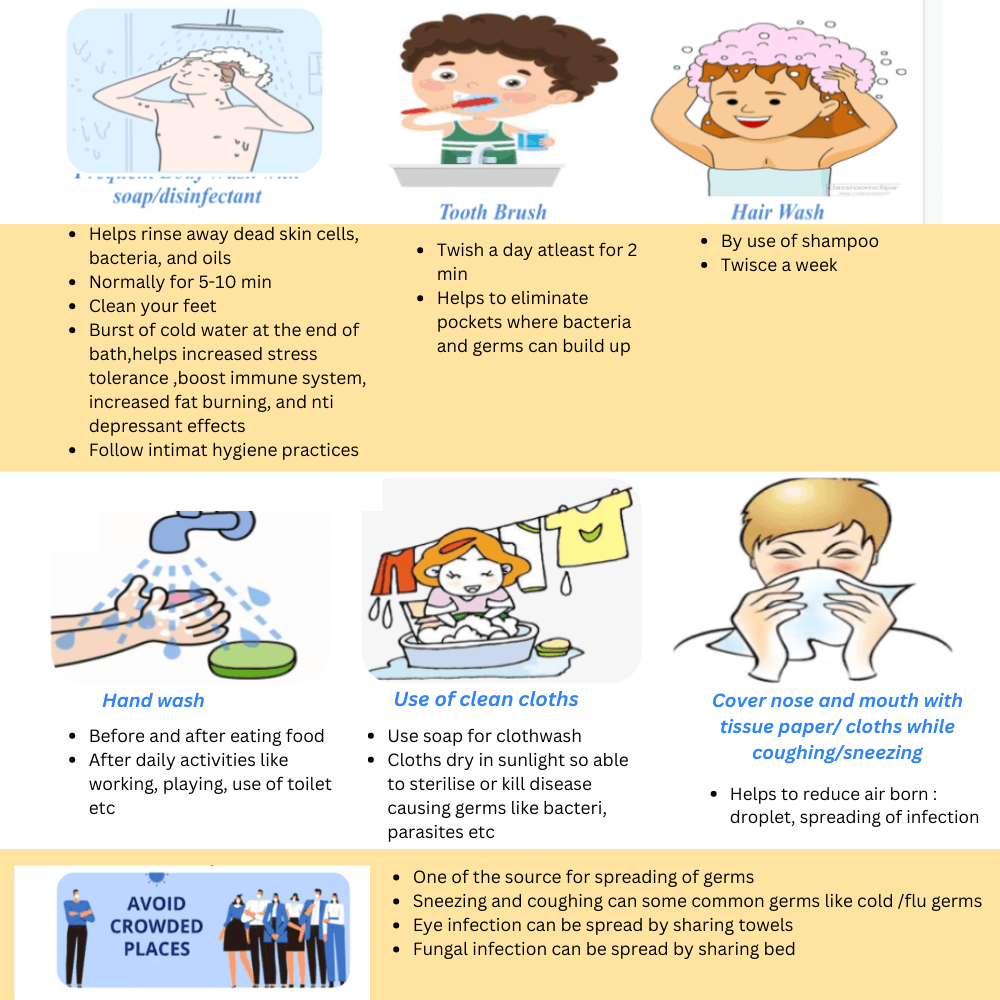
One significant mode to reduce the risk of infections is good hand hygiene. Clean hands can stop the spread of germs from one person to another. Washing hands with soap and water or using alcohol-based hand rub kills viruses like SARS-CoV-2, the Corona Virus and which acts as an effective shield against COVID-19 infection.
Numerous spreading phenomenons for CoronaVirus (COVID-19)
- COVID-19 is assumed to be initiated from an animal host (Zoonotic origin) such as bats followed by human-to-human transmission.
- Coronavirus is a respiratory illness; which mostly spreads through virus-laden droplets from coughs and sneezes.
- Respiratory viruses like coronavirus disease (COVID-19) spread when mucus /droplets containing the virus are exposed to eyes, nose or throat and cause infection.
- COVID-19 virus consists of an envelope which is made up of lipid bilayer, which is shaped like a tadpole consisting of polar or hydrophilic head and nonpolar tail/ hydrophobic tail. It describes the structure of two layers piled to form a micelle-like structure as shown in Figure 2 as the hydrophilic head/ polar head part of the virus is very sticky which may be a vital reason for spread of infection from contaminated areas.
- COVID-19 is spread through direct close contact with a person who is infected
- Virus can spread between people close contact with each other (about 6 feet)
- Virus can adhere on smooth surfaces such as tables, phones
- Sars-CoV retain viable for five days at 22-25 degree centigrade and relative humidity at 40-50 %
- This virus specifically attacks specific body parts like lungs, liver and small intestines because of Furin enzyme present Host. The sugars on the spike act as camouflage
- RNA recombination in corona viruses is typically responsible for the evolution and emergence of novel coronaviruses and frequency of recombination is higher in the S gene which codes for viral spike (S) glycoprotein.
Washing hands with soap why protect against CoronaVirus (COVID-19)
- Washing hands with warm water and soap can prevent the spread of infectious diseases due to destruction of viruses.
- COVID-19, are encased in a lipid envelope — basically, a layer of fat.
- Soap/ detergent molecules also have similar tadpole structure as virus (explained in Numerous spreading phenomenons for CoronaVirus) ; therefore lipid bilayer molecules attracted towards soap molecules which are responsible for breaking of virus shell/ envelope which are made up of bilayer.
- Soap can break that fat apart and make the virus unable to infect you as shown in below Figure 2.
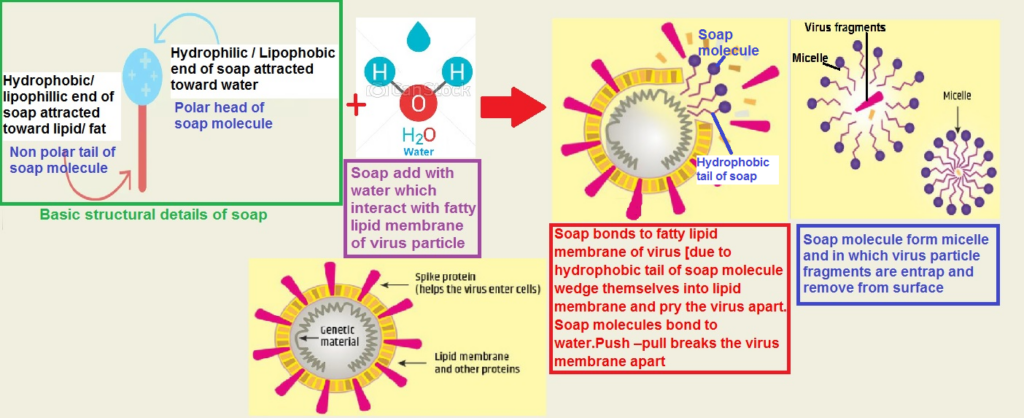
- Corona viruses are Spherical or pleomorphic enveloped, non-segmented ,single-stranded positive-sense RNA viruses that possess large viral RNA genomes, capsid and envelope with club-shaped glycoprotein projections
Classification of Corona viruses / Toro viruses as follows:
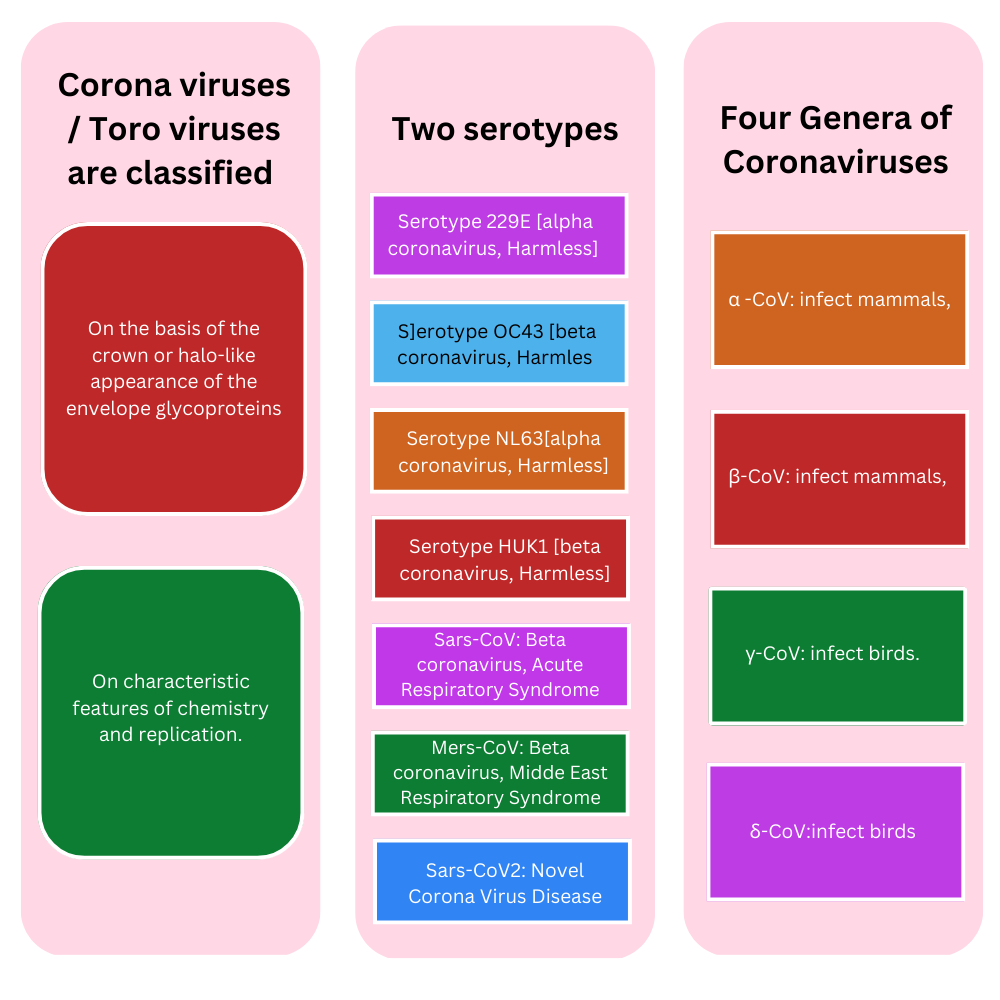
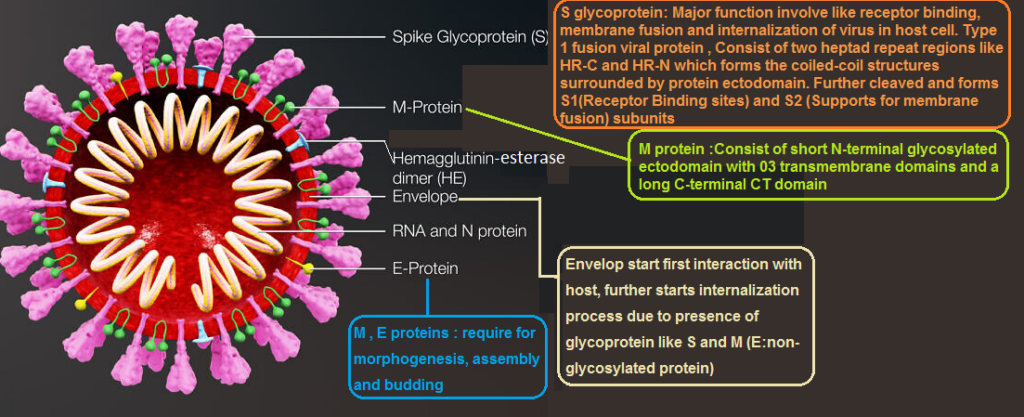
Clean hands can stop the spread of germs from one person to another. Washing hands with soap and water or using alcohol-based hand rub kills viruses like SARS-CoV-2, the Corona Virus and which acts as an effective shield against COVID-19 infection.
Hand washing with soap is the only effective way to reduce the spread of COVID 19 virus, which is also able to destroy the virus particle (Figure 5).
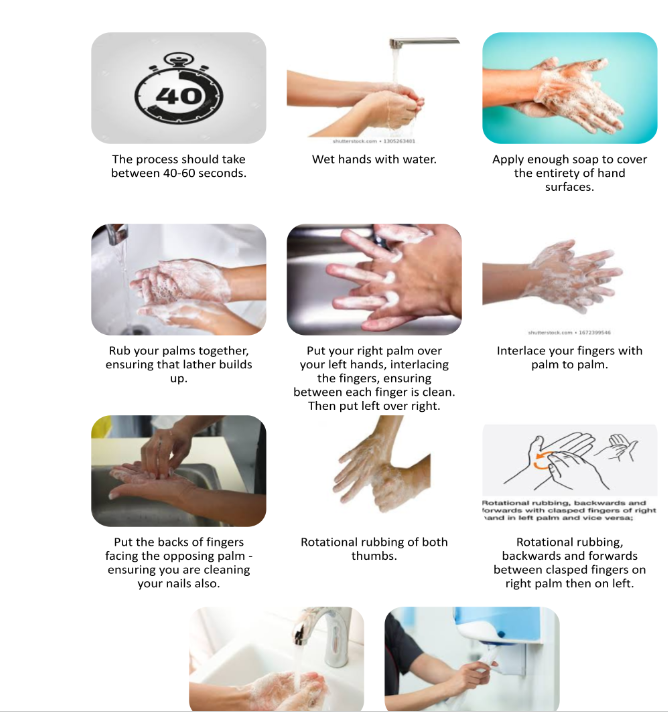
Important points related to hand wash technique:
- Using clean, running water is important.
- After washing your hands with soap, use a new tissue to hold the faucet and turn off the water tap.
- Do not use common towels or do not touch door handles in the bathroom, toilet flush handles as they can re-contaminate your hands.
- Frequent washing of hands reduce the risk of infection
- Use of hand sanitizer/hand-rub (60% ethanol or 70% iso-propanol)
COVID-19 virus chiefly spreads through the respiratory droplet and contact transmission through contaminated surfaces by infected person. Thus, hands can spread virus to other surfaces like mouth, nose or eyes by touching. Hand Hygiene is one of the most effective practices that help to diminish the spread of virus and prevent COVID-19 virus infections.
Composed by: “Priyatama V. Powar and Devendra D. Shirode are professors from Dr. D. Y. Patil College of Pharmacy, Pune.”

